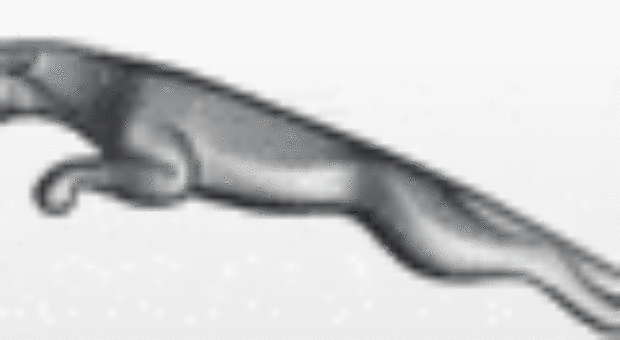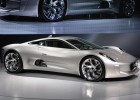
Jaguar Cars
Jaguar Cars, since December 2012 officially incorporated as Jaguar Land Rover Ltd, is a British multinational car manufacturer headquartered in Whitley, Coventry, England, owned by Jaguar Land Rover Automotive PLC, a subsidiary of Indian automaker, the Tata Motors company.
Jaguar was founded as the Swallow Sidecar Company by Sir William Lyons in 1922, originally making motorcycle sidecars before developing passenger cars. The name was changed to Jaguar after World War II to avoid the unfavourable connotations of the SS initials.
Following sale to The British Motor Corporation in 1968—which merged with Leyland Motor Corporation and was later nationalised as British Leyland—Jaguar was listed on the London Stock Exchange in 1984, and became a constituent of the FTSE 100 Index until it was acquired by Ford in 1990.
>>> Latest Jaguar cars and videos
The Swallow Sidecar Company was founded in 1922 by two motorcycle enthusiasts, William Lyons and William Walmsley leading to SS Cars Ltd. In 1935 the SS Jaguar name first appeared on a 2.5-litre saloon, sports models of which were the SS 90 and SS 100.
Cash was short after World War II, and Jaguar sold the plant and premises of Motor Panels, a pressed steel body manufacturing company they had acquired in the late 1930s when growth prospects seemed more secure.
The buyer was Rubery Owen. Nevertheless, Jaguar achieved relative commercial success with their early post war models; times were also tough for other Coventry-based auto-makers and the company was able to buy from John Black’s Standard Motor Company the plant where Standard had built the six-cylinder engines it had been supplying to Jaguar.
Jaguar has, in recent years, manufactured cars for the British Prime Minister, the most recent delivery being an XJ in May 2010. The company also holds royal warrants from HM Queen Elizabeth II and HRH Prince Charles.
The subsequent engine (in various versions) was the mainstay powerplant of Jaguar, used in the XK 120, Mk VII Saloon, Mk I and II Saloons and XK 140 and 150. It was also employed in the E Type, itself a development from the race winning and Le Mans conquering C and D Type Sports Racing cars refined as the short-lived XKSS, a road-legal D-Type.
Few engine types have demonstrated such ubiquity and longevity: Jaguar used the Twin OHC XK Engine, as it came to be known, in the Jaguar XJ6 saloon from 1969 through 1992, and employed in a J60 variant as the power plant in such diverse vehicles as the British Army’s Combat Vehicle Reconnaissance (Tracked) family of vehicles, as well as the Fox armoured reconnaissance vehicle, the Ferret Scout Car, and the Stonefield four-wheel-drive all-terrain lorry. Properly maintained, the standard production XK Engine would achieve 200,000 miles of useful life.
Two of the proudest moments in Jaguar’s long history in motor sport involved winning the Le Mans 24 hours race, firstly in 1951 and again in 1953. Victory at the 1955 Le Mans was overshadowed by it being the occasion of the worst motorsport accident in history. Later in the hands of the Scottish racing team Ecurie Ecosse two more wins were added in 1956 and 1957.
In spite of such a performance orientation, it was always Lyons’ intention to build the business by producing world-class sporting saloons in larger numbers than the sports car market could support.
Jaguar secured financial stability and a reputation for excellence with a series of elegantly styled luxury saloons that included the 3 litre & 3½ litre cars, the Mark VII, VIII, and IX, the compact Mark I and 2, and the XJ6 and XJ12. All were deemed very good values, with comfortable rides, good handling, high performance, and great style.
Over the years many Jaguar models have sported the famous chrome plated Leaping Jaguar, traditionally forming part of the radiator cap. Known as “The Leaper” this iconic mascot has been the subject of controversy in recent times when banned for safety reasons from cars supplied to Europe whilst it continued to be fitted on cars destined for the United States, Middle East and Far East.
It has now been dropped from all the latest Jaguar models.
Jaguar cars today are designed in Jaguar Land Rover’s engineering centres at the Whitley plant in Coventry and at their Gaydon site in Warwickshire, and are manufactured in Jaguar’s Castle Bromwich assembly plant near Birmingham.
Discover more about Jaguar Cars























